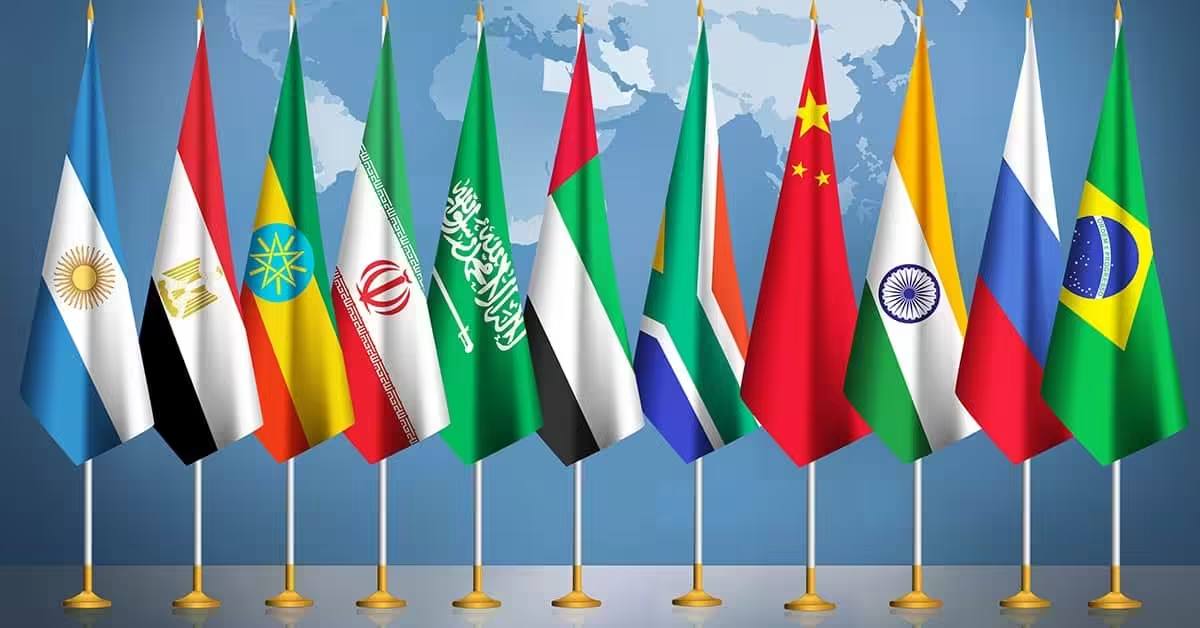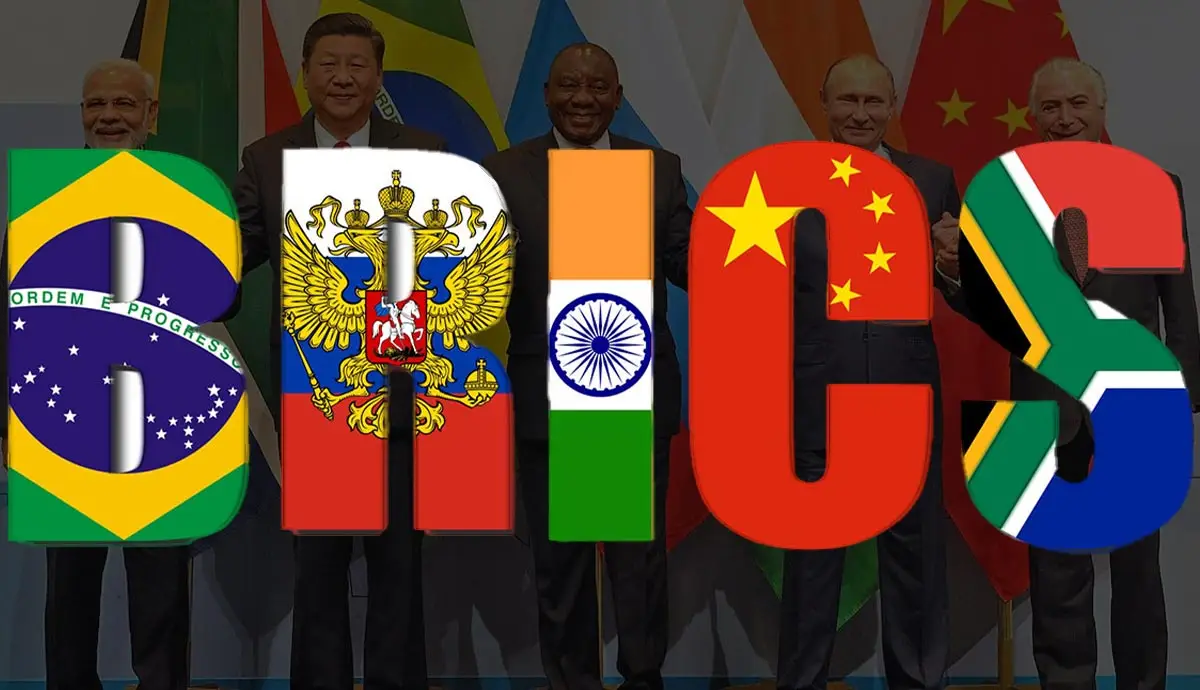|
Getting your Trinity Audio player ready...
|
The BRICS alliance—Brazil, Russia, India, China, and South Africa—once a hopeful vision of emerging market power, is now turning its attention to a new project: a common currency. A recent summit in Russia’s Kazan region concluded with ambitious declarations, most notably a mock-up of a BRICS currency showcased to Russian President Vladimir Putin. This move signals a clear desire among BRICS nations to challenge the dominance of the U.S. dollar in global trade. But is a BRICS currency truly on the horizon, or will internal divisions within the bloc keep this vision at bay?
A New Economic Agenda For BRICS
The unveiling of a proposed BRICS currency was just one of several high-profile announcements at the summit, reflecting the group’s shared aspiration to reduce dependence on the U.S. dollar. With global trade currently dominated by the greenback, a common currency could open doors for more direct financial transactions among BRICS nations, potentially shifting some power dynamics on the global stage. This has raised significant questions about the potential impact on the U.S. economy and various American industries if BRICS countries begin bypassing the dollar.
Jim O’Neill’s Cautionary Stance
Jim O’Neill, who first coined the term “BRICS” in 2001 while serving as Goldman Sachs’ Chief Economist, shared his skepticism about the alliance’s ambitious currency plans in an interview with Business Today. O’Neill emphasized that internal divisions within BRICS countries might stand as the largest roadblock to achieving their lofty goals. O’Neill contends that the alliance, for all its public statements about unity, has done relatively little to advance its collective agenda in the past 15 years. “The day China and India manage to get over their long historic battles and cooperate on big issues, then I would have a different view,” O’Neill stated, “but that day doesn’t look to be around the corner.”
BRICS’ internal dynamics often highlight conflicting national interests, especially when it comes to trade, borders, and geopolitical alliances. China and India, for example, remain at odds over longstanding border disputes, and their economic policies reflect national priorities that rarely align. O’Neill cautioned that these underlying tensions could hinder any real progress toward a BRICS currency. Without meaningful collaboration between India and China, the dream of a common BRICS currency remains, according to O’Neill, little more than an “unrealistic pipe dream.”
Implications for Global Trade and the U.S.
A BRICS currency, while challenging to implement, could significantly impact sectors in the U.S. if the group bypasses the dollar. American industries, especially those heavily reliant on exports, could face stiffer competition as BRICS nations strengthen internal trade networks and reduce dollar dependency. The energy, technology, and manufacturing sectors could be particularly vulnerable, given BRICS nations’ collective strength in these areas.
Also Read: BRICS vs. Dollar – 13 New Allies, 40% Of World Population Push To Dethrone USD
The vision of a BRICS currency underscores the alliance’s desire for a greater role in global economics, but O’Neill’s cautionary words highlight the complexities of turning this vision into reality. For now, the idea of a unified currency remains more theoretical than practical. BRICS may be able to showcase mock-up currencies and deliver ambitious rhetoric, but the journey to implementation will require unprecedented unity and economic compromise. Until then, the BRICS currency may remain, as O’Neill suggests, a distant aspiration rather than an imminent reality.
As BRICS continues its pursuit of economic independence, it’s clear that the challenges ahead are as great as the rewards the bloc envisions. Only time will reveal whether this group of emerging nations can overcome internal divisions and emerge as a cohesive force in the global economy.
Disclaimer: The information in this article is for general purposes only and does not constitute financial advice. The author’s views are personal and may not reflect the views of Chain Affairs. Before making any investment decisions, you should always conduct your own research. Chain Affairs is not responsible for any financial losses.




